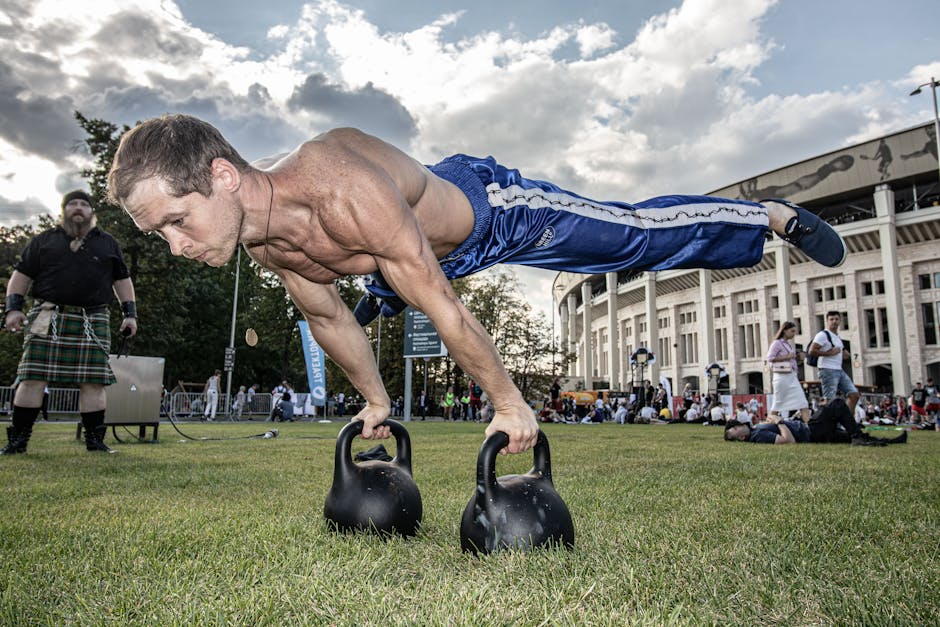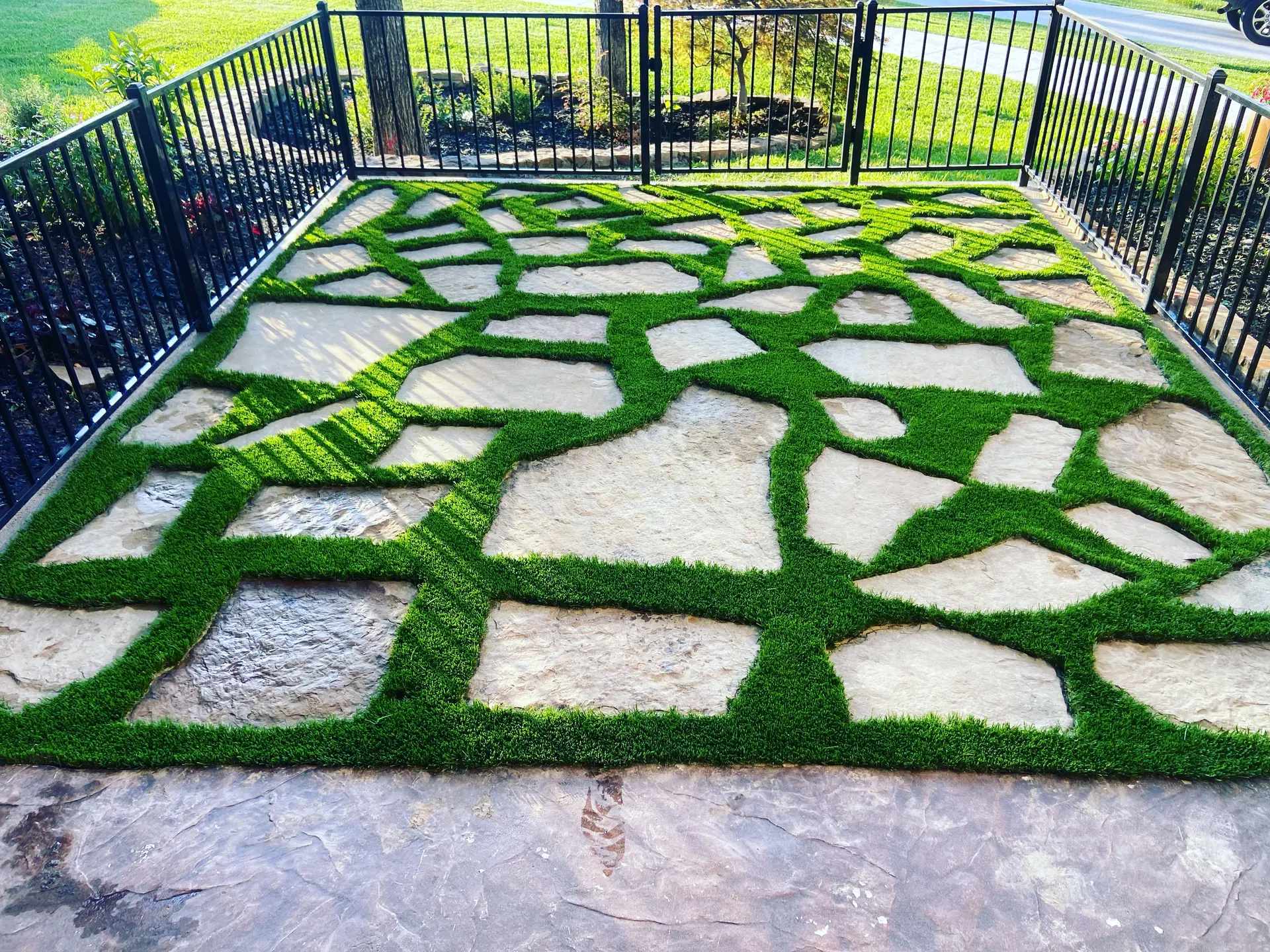
The History and Evolution of Artificial Grass
The history and evolution of artificial grass reflect significant advancements in both materials and application. Initially developed in the 1960s, the primary aim was to create a surface that could withstand extensive use while providing consistency in performance. The first form of artificial turf was introduced as “ChemGrass” in 1965 and later became widely known as “AstroTurf” after its installation at the Houston Astrodome in 1966.
AstroTurf was made of short-pile fibers that were infilled with lightweight particles to offer some degree of cushioning. Despite its innovation, early iterations had notable drawbacks including increased risk of injuries due to its hard surface and a lack of shock absorption. Over the years, engineers and scientists worked to address these issues by developing new materials and construction methods.
The following decades saw major improvements as manufacturers shifted towards incorporating polyethylene and polypropylene materials. These modern synthetic fibers were softer and more durable, mimicking the look and feel of natural grass more closely. In the 1990s, the introduction of ‘third-generation’ (3G) artificial grass revolutionized the industry. This version included longer fibers and infill materials such as sand and crumb rubber to enhance cushioning and stability.
Below is a comparison of the main eras of artificial grass development:
| Era | Features |
|---|---|
| 1960s-1970s | Short-pile fibers, hard surface, minimal cushioning, high injury risk |
| 1980s-1990s | Incorporation of polyethylene and polypropylene, improved durability, more natural look and feel |
| 2000s-present | Third-generation (3G) systems with long fibers, sand and rubber infill, enhanced cushioning and stability |
The continuous advancements in artificial grass technology have been driven by the desire to improve athlete safety, surface playability, and the longevity of the fields. These changes have paved the way for widespread adoption in various sports, including soccer, baseball, and American football. The evolution from the first ChemGrass to today’s high-performance synthetic turfs underscores a significant development in sport facility management, blending innovation with utility.
Technological Advancements in Modern Artificial Grass
Modern artificial grass has significantly evolved from the early versions, driven by technological advancements that have greatly improved its performance, durability, and realism. These advancements are rooted in several key areas, including the composition of fibers, backing materials, infill technology, and installation methods.
Fiber Composition: The fibers, or “blades,” of artificial grass have seen considerable innovations. Early synthetic turfs utilized materials such as polypropylene, which were adequate but often suffered from wear and less than realistic aesthetics. Today, polyethylene and nylon fibers are more commonly used. Polyethylene offers a softer, more natural feel and appearance, while nylon provides superior durability and resistance to heavy traffic.
Backing Materials: The backing of artificial grass is critical in providing stability and drainage. Modern backings are often made from multiple layers, including a primary backing for fiber tufting and a secondary backing for additional strength. Materials such as polyurethane offer flexibility and longevity, while advancements in drainage technology, incorporating porous materials, ensure effective water management to prevent flooding and pooling.
Infill Technology: Infill plays a significant role in the functionality and feel of artificial grass. In early versions, sand was the primary infill material. While effective for weight and stability, sand could become compact over time, reducing its efficiency. Modern systems use a mix of sand and rubber granules, often recycled from used tires. This mixture ensures proper blade support, cushioning, and improved shock absorption, which is essential for athletic activities. Additionally, new organic infill materials like coconut husk and cork are being explored for their eco-friendliness and performance benefits.
Installation Methods: The installation of artificial grass has also benefitted from technological improvements. Precision laser grading and advanced sub-base materials provide a perfectly even surface, critical for sports applications. Seaming techniques employing advanced adhesives and stitching methods ensure a seamless and durable finish. Furthermore, the development of cooling technologies, such as infill coatings and advanced fiber technologies, helps mitigate the heat retention issues traditionally associated with synthetic turfs.
These technological advancements have collectively contributed to modern artificial grass being a viable, high-performance alternative to natural turf. The improvements have broadened its application from not just sports arenas but also residential lawns and commercial landscapes, reflecting its enhanced realism, durability, and overall performance.
Impact of Artificial Grass on Athletic Performance
Artificial grass has become increasingly prevalent in sports facilities worldwide due to its numerous advantages. One of the critical areas of interest is its impact on athletic performance. Several aspects contribute to the discussion, including traction, ball behavior, injury rates, and consistency of playing conditions.
Traction
Traction is a crucial factor in athletic performance as it affects an athlete’s ability to start, stop, and change direction quickly. Studies have shown that artificial grass systems can provide superior and more consistent traction compared to natural grass. According to research by the Sports Turf Research Institute (STRI), players experience improved grip and stability on high-quality artificial turf, which can be particularly beneficial in sports like football and soccer.
Ball Behavior
Ball behavior, including the roll and bounce of the ball, is another aspect influenced by the playing surface. Artificial grass is designed to mimic the performance characteristics of natural grass closely, but variations still exist. For example, a study published in the Journal of Sports Sciences found that the ball roll distance on artificial turf is generally more predictable and consistent, which can enhance game performance and fairness in competitive sports.
Injury Rates
The impact of artificial grass on injury rates has been a subject of extensive research. While some earlier studies raised concerns about higher injury rates on artificial turf, more recent data provides a nuanced view. A comprehensive review published in the American Journal of Sports Medicine highlighted that injury incidence on modern artificial turf is comparable to, and in some cases, lower than that on natural grass. The improved quality and technology in synthetic surfaces have contributed to this positive trend.
Consistency of Playing Conditions
Consistency of playing conditions is a significant advantage of artificial grass, offering a uniform surface that is not affected by weather conditions such as rain or drought. According to a report from the National Football League (NFL), the uniformity of artificial surfaces contributes to a level playing field for all users, reducing the variability that can impact performance on natural grass fields.
Conclusion
In summary, artificial grass has a notable impact on athletic performance. It provides consistent traction, predictable ball behavior, comparable injury rates, and reliable playing conditions. These attributes make artificial grass an attractive option for modern sports facilities aiming to enhance athletic performance and ensure safer and more consistent playing environments.
Environmental and Economic Benefits
Artificial grass offers several environmental benefits over natural grass, one of which is the significant reduction in water usage. Natural grass fields can require vast amounts of water for maintenance, especially in regions with dry climates. According to the Environmental Protection Agency (EPA), traditional grass lawns can consume approximately 55 gallons of water per square foot annually. Switching to artificial turf eliminates this need, thus conserving water resources.
Another environmental advantage is the reduction in chemical use. Natural grass fields typically require fertilizers, pesticides, and herbicides to maintain their condition. These chemicals can leach into the soil and water systems, posing risks to local ecosystems and human health. Artificial grass, however, does not require these chemical treatments, thereby minimizing the environmental footprint associated with sports facility maintenance.
The economic benefits of artificial grass are also noteworthy. Though the initial installation costs can be higher compared to natural grass, the long-term savings are substantial. Natural grass needs regular mowing, irrigation, fertilization, and repair, all of which incur costs over time. A study by the Synthetic Turf Council found that the maintenance costs for artificial grass are typically one-quarter those of natural grass annually, resulting in significant savings over the lifespan of the facility.
Additionally, artificial grass fields are more durable and resilient. Facilities can host more events without the concern of field degradation, which is common with natural grass surfaces. This increased usage capability can generate additional revenue for sports facilities, offsetting the initial installation costs more rapidly.
Moreover, artificial turf’s longevity reduces the need for frequent replacements. Modern synthetic turfs are designed to last 8-10 years or longer, depending on usage and maintenance practices. This longevity lessens the environmental impact associated with the frequent renewal of natural grass fields, such as soil disruption and transportation emissions from delivering new sod.
The recyclability of artificial grass is another contributing factor to its environmental benefits. Manufacturers are increasingly designing synthetic turfs with recyclable materials, facilitating end-of-life disposal processes that are more environmentally friendly. For instance, some companies offer programs to repurpose old artificial grass for various applications, such as playground surfaces or even repurposing the materials in the production of new turf.
In summary, artificial grass presents multiple environmental and economic benefits through reduced water usage, lower chemical dependency, significant maintenance cost savings, increased durability and usage potential, and enhanced recyclability. These factors collectively make artificial grass an increasingly attractive option for modern sports facilities.
Health and Safety Considerations
Health and safety considerations are paramount when evaluating the impact of artificial grass on athletic performance. Despite numerous advantages, it is essential to examine potential health risks and strategies to mitigate them.
One primary concern with artificial grass is its potential to cause more injuries compared to natural grass. Research by the American Journal of Sports Medicine indicates that there is a higher incidence of certain types of injuries, such as anterior cruciate ligament (ACL) tears, on artificial turf. This could be attributed to the surface’s reduced ability to absorb impact, leading to greater stress on joints.
Another point of consideration is the ‘heat island’ effect. Artificial grass can get significantly hotter than natural grass, sometimes reaching temperatures over 60°C (140°F) on sunny days. Such high temperatures increase the risk of heat-related illnesses among athletes. To tackle this, some advanced artificial grass systems are designed with cooling technologies, such as infill materials that help reduce surface temperature.
The materials used in artificial grass also bring up health concerns related to chemical exposure. The infill, often made from recycled tire rubber, can release volatile organic compounds (VOCs) and other chemicals. According to a study published by the Environment and Human Health, Inc., there are concerns that prolonged exposure to these chemicals could pose risks to human health. However, developments in the use of alternative infill materials, like organic options or engineered particles, aim to address these concerns.
Moreover, the potential for bacterial growth, including antibiotic-resistant bacteria, on artificial grass surfaces has been an area of investigation. While natural grass has inherent microbial activity that can combat bacteria, synthetic surfaces do not have these properties. A study highlighted in the Journal of Environmental Science and Health noted that artificial turf could harbor harmful microbes if not adequately maintained. Regular cleaning, disinfection, and maintenance protocols are necessary to mitigate this risk.
On the flip side, advancements in artificial grass technology are continuously improving health and safety outcomes. Recent innovations incorporate features designed to mimic the natural biomechanical properties of real grass, potentially reducing injury risks. Additionally, rigorous testing and compliance with safety standards, such as those set by the Federation Internationale de Football Association (FIFA) and the International Rugby Board (IRB), ensure that modern artificial turfs are developed with athlete safety in mind.
In summary, while artificial grass presents several health and safety concerns, ongoing technological advancements and proper maintenance strategies are critical in addressing these issues. The industry’s commitment to enhancing the safety profiles of artificial grass systems remains a dynamic and evolving area of focus.
Future Trends and Innovations in Artificial Grass
The realm of artificial grass is continually evolving, driven by technological advancements and increasing demands for enhanced performance and sustainability. As we look towards the future, several trends and innovations are emerging that promise to revolutionize sports facilities even further.
Integration of Smart Technologies
One of the most notable trends is the integration of smart technologies. Manufacturers are increasingly embedding sensors and other digital innovations within artificial grass systems. These technologies can monitor usage patterns, wear and tear, and even provide real-time data on field conditions such as temperature and moisture levels.
- Sensors: Embedded sensors can track player movements, providing valuable data for performance analytics and injury prevention.
- Automated Maintenance: Smart systems can alert maintenance crews when specific areas of the field require attention, ensuring optimal playing conditions and longevity.
Enhanced Bio-Based Materials
As environmental concerns continue to rise, the development of bio-based materials for artificial grass is gaining momentum. These materials aim to reduce environmental impact while maintaining or even improving performance characteristics.
- Bio-polymers: Derived from renewable resources like corn or sugarcane, bio-polymers can replace traditional petroleum-based plastics.
- Organic Infill: Alternatives to traditional infill such as coconut husks, cork, and other organic materials are being explored to enhance sustainability.
Advancements in Turf Fiber Technology
The fibers used in artificial grass are also undergoing significant advances. New manufacturing processes and materials are resulting in fibers that are more resilient, durable, and realistic than ever before.
- Ultra-Resilient Blades: Innovations in blade structure and composition provide high resistance to wear and tear.
- Realistic Aesthetics: Improvements in color variation and texture closely mimic natural grass, providing a more authentic playing experience.
Table: Key Trends and Innovations in Artificial Grass
| Trend | Description |
|---|---|
| Smart Technologies | Integration of sensors for performance analytics and automated maintenance alerts. |
| Bio-Based Materials | Use of renewable resources like bio-polymers and organic infill for sustainability. |
| Turf Fiber Technology | Development of ultra-resilient blades and realistic aesthetics. |
Conclusion
The future of artificial grass is poised to bring further enhancements to sports facilities. With smart technologies, environmentally friendly materials, and advanced fiber technologies, artificial grass will continue to improve both in terms of performance and sustainability. These trends and innovations will likely shape the industry for years to come, providing athletes with better playing surfaces and facility managers with more efficient maintenance solutions.


